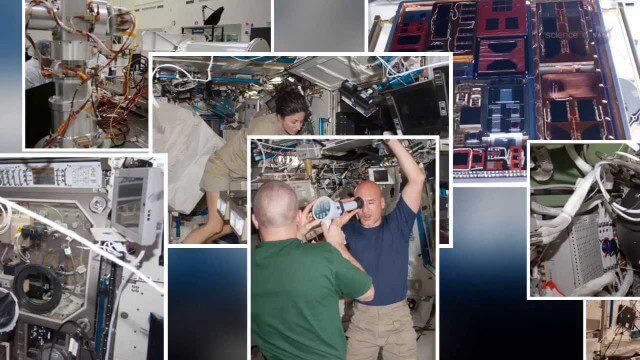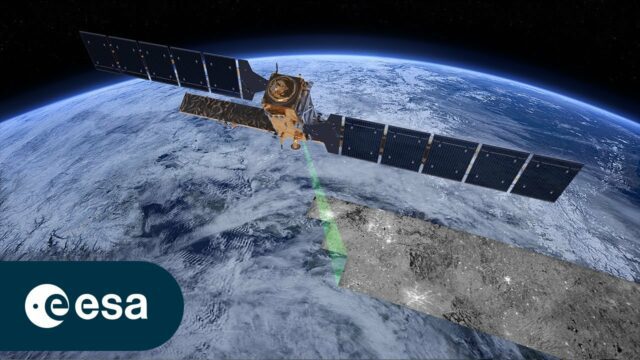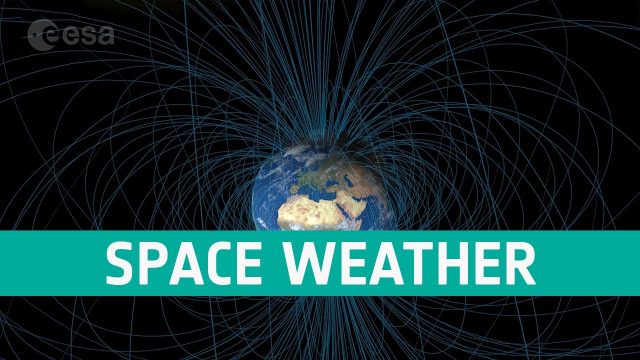Category: Found on the Internet
Drone Mapping Haiti (French)
0 Views0 Comments0 Likes
Read a Map and Use a Compass
0 Views0 Comments0 Likes
Simon King and Ordnance Survey provide basic instruction on map and compass use.
International Space Station Gets a Ten-Year Extension
0 Views0 Comments0 Likes
NOAA’s Advanced Technology Demonstrator
0 Views0 Comments0 Likes
The ATD is a new research radar that combines the benefits of a phased array radar with the benefits of a dual polarization technology.
Copernicus Sentinel-1: Radar Vision for Copernicus
0 Views0 Comments0 Likes
Meet Copernicus Sentinel-1. This ground-breaking mission delivers continuous, all-weather, day-and-night imaging for land, ice and maritime monitoring. Equipped with state-of-the-art C-band synthetic aperture radar...
2017 Solar Eclipse Shadow Seen from Million Miles Away
0 Views0 Comments0 Likes
The moon's shadow (umbra) crossed the continental United States on Aug. 21, 2017 and NASA's DSCOVR satellite's Earth Polychromatic Imaging Camera (EPIC) captured imagery.
Surveying, Mapping and GIS Expedition to British Virgin Islands
0 Views0 Comments0 Likes
Surveying, Mapping and GIS Expedition to British Virgin Islands
NASA Langley Celebrates 100 Years
0 Views0 Comments0 Likes
Something happened 100 years ago that changed forever the way we fly, the way we explore space and how we study our home planet. That something was the establishment of what is now NASA’s Langley Research Center in Hampton, Virginia, which commemorated its 100th anniversary on July 17, 2017.
Teledyne Lidar Enables 3D Data Acquisition, Visual Effects for HBO’s Game of Thrones
0 Views0 Comments0 Likes
Vektra generated 3D point clouds in Dubrovnik using various lidar technologies including Teledyne Optech’s Maverick mobile lidar system and Polaris fixed terrestrial scanner. The lidar point clouds were then colorized with digital camera imagery and image fusion software.
Space Weather Could Be Worse in the North
0 Views0 Comments0 Likes
Instead of a symmetrical distribution of energy between the northern and southern hemispheres through the year, scientists have used data from ESA’s Swarm mission, to discover that electromagnetic energy is preferentially channelled to the northern hemisphere.



























